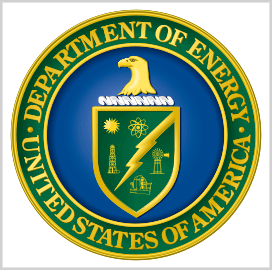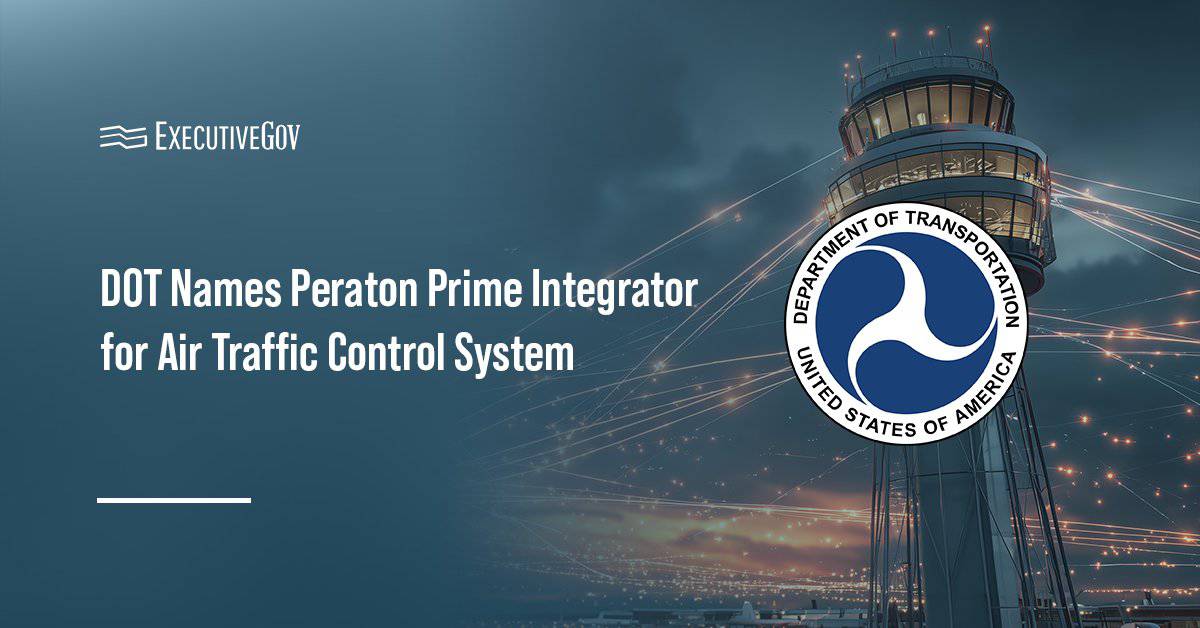The Department of Energy has released guidance for application to the second award cycle of a Bipartisan Infrastructure Law-funded program that seeks to prevent the premature closure of U.S. nuclear reactors.
The $6 billion Civil Nuclear Credit Program intends to ensure the availability of clean electricity by supporting the continued operations of nuclear reactors, DOE said Thursday.
The second award cycle of the program is for operators or owners of nuclear plants that are at risk of ceasing operations by the end of the four-year award period.
In October, the department sought public comments on draft application guidance for the program’s second award cycle.
DOE’s application guidance offers information on deliverables, timelines and supporting data needed to apply for certification and submit offers to secure allocated credits.
Applications are due May 31.





